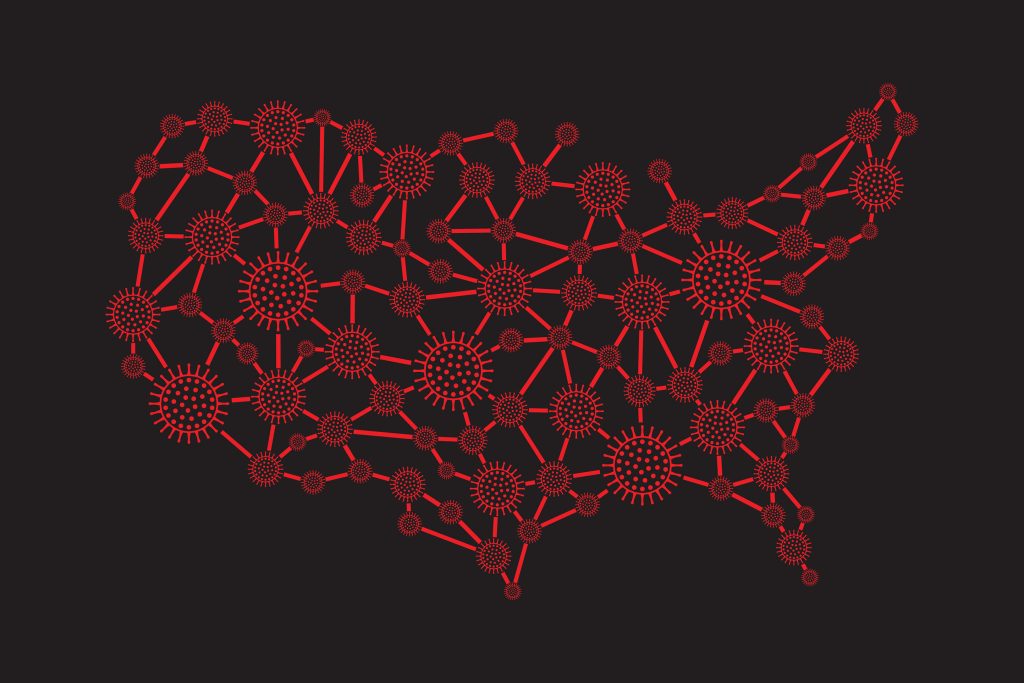Can we predict how pandemics will spread through given populations?

In March 2020, New York City was named an early epicenter of the novel coronavirus. Now seven months later, the United States faces a new surge in coronavirus cases and researchers at Texas A&M University hope to provide information and context to help with the battle ahead.
Rich Whittle, a doctoral student at Texas A&M, cites in a recent study that by April 2020, New York City accounted for more than a third of the nation’s confirmed cases, with a transmission rate five times higher than the rest of the country.
Whittle wanted to look at these early stages of the pandemic spread in New York neighborhoods to discover if there were any socioeconomic factors that could be associated with the high positivity rate of COVID-19.
The study, published in BMC Medicine, identified four significant predictors of COVID-19 cases in New York City:
- Neighborhoods with higher population densities led to an increase in the positivity rates.
- Neighborhoods with populations 18 years or younger also led to an increase.
- Households with a higher income led to a decrease.
- Race showed a significant association with detected COVID-19 cases – both a lower percentage of white population and higher percentage of Black population led to increased positivity rates.
“From what is available in the early stages, this is what we’re seeing from the data, and we know those early stages are really important to keep this and future pandemics under control,” said Ana Diaz Artiles, assistant professor in the Department of Aerospace Engineering at Texas A&M and co-author of the study.
The study used spatial modeling techniques to look at data from roughly 60,000 cases during the first month of the pandemic in New York City.
“I’m really interested in spatial statistics. When I was in the military, I worked in geospatial intelligence so I have a background interest in that,” said Whittle. “And I was taking Dr. Diaz Artiles’ stats class at the time, so I thought I could combine those two interests and have a look at an ecological study related to COVID-19.”
Whittle initiated the study as his final class project for Diaz Artiles’ spring Design of Experiments and Statistical Methods course (AERO 689).

